Finding a Home in The Hue Society
One Woman of Color’s Wine Journey, from Westside Santa Barbara to Napa and Back
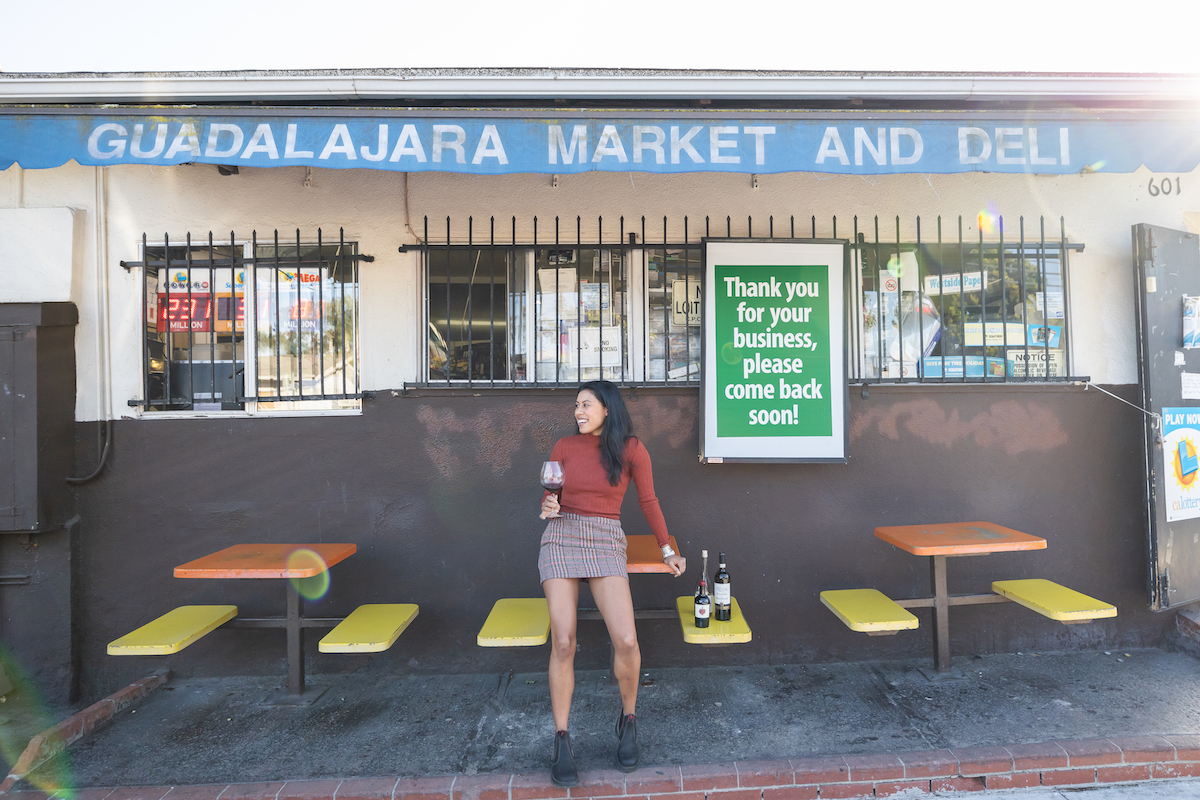
Growing up in a multigenerational family of undocumented immigrants on the Lower Westside of Santa Barbara, I never saw a bottle of wine in the house. Like so many people of similar backgrounds, I simply assumed wine was not meant for us.
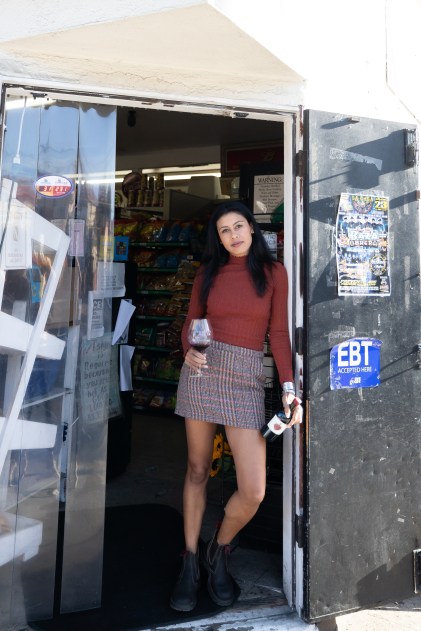
Then I found myself working as a nanny in Montecito for just the sort of folks you might imagine would be drinking wine with meals. One evening, after putting their children to bed, I was invited to take part in a birthday toast.
I was flattered by the invitation. Until then, I’d felt like an outsider peering in, but participating in the toast felt special, like a gesture of inclusion. Curious about the wine, I was shocked to learn from a quick Google search that the bottle cost more than $800.
I was baffled. To me, it tasted like ordinary wine, so why would they spend the equivalent of two weeks of my childcare salary on one bottle? From that moment on, I was fascinated. What made wine so special, and what made that wine worth so much?
I have a much better idea today. After living and working in the Napa Valley for nearly two years, I’m back in my hometown of S.B., working as a sommelier and food and wine writer. Being Mexican and Black has afforded me a unique perspective into the world of wine. I can’t help but see the undocumented folks working the vineyards who rarely taste the wines they help make, or those kitchen employees who never get to taste the pairings that they helped bring to life.
I’m determined to use my experience and networks to change this for Black and Indigenous folx, other people of color, and queer and trans people (BIPOCQT) in our community. In Napa, I helped to form a tasting group aimed at welcoming those who often felt excluded from learning about wine. My aim is to foster the same here in the Central Coast. With the help of sponsors like renowned sommelier-winemaker Raj Parr, we’re going to start by removing some of the barriers of access to tasting, education, and community for BIPOCQT people in the food, drink, and hospitality industries.
My Road to Napa
In 2019, I took my first wine education course with the Court of Master Sommeliers, intent on finding an entry-level position in one of the tasting rooms in Santa Barbara’s Funk Zone. But after applying to nearly every tasting room, I received no response. Was I underqualified? Or was I trying to enter an industry heavily dependent on relationships at a time when I didn’t know anyone willing to take a chance on me?
So, in March 2020, I took a leap of faith and quit my job watching children to move to California’s wine capital: the Napa Valley. I wound up as a harvest intern at a winery in Sonoma, where I was the first and only Black cellar employee. This was nothing new for me — I’ve often been the only Black person, or, even more often, the only Black woman, in a workspace or classroom, an experience that goes back to elementary school, when my mom moved me from McKinley to Foothill in the 1st grade.

After a few solitary weeks learning how wine was made, I decided to make friends at work. In an environment full of interns from all over, I couldn’t be the only one feeling lonely. My birthday was coming, so I posted a few flyers in both English and Spanish — half of the permanent crew spoke the latter — around the winery inviting everyone to my front yard for a socially distanced barbecue. In the weeks that followed, nobody even mentioned my flyer.
I told myself it had been too soon. I’d only been there a couple of months, and people were still wary of COVID. But as I kept hearing the other interns make plans to taste with each other after work, I came to understand that I was not invited. I can’t say that the exclusion was due to race, as there were other factors that made me an outsider: I was older than many of the college-aged students, some of whom already knew each other. But I understood that the winery was not where I would find my community in Napa.
That August, several large wildfires broke out north of Napa, turning blue skies orange and smoky. One night, I awoke in sheer panic to the unfamiliar sound of a windstorm. I reached for my phone, but the battery was dead, so I grabbed my keys and headed to the car, where the gas tank was nearly empty, and started searching for a news station. My head on the wheel, heart racing, I quickly racked my brain trying to figure out where to go. I had no friends, no place to feel safe, and my home was six hours away.
I’d been through countless fire seasons in Santa Barbara, but this was different. I now understood what it felt like to be a stranger in a place where I knew no one. Feeling hopeless, I admitted to myself, “I need a friend in Napa, or I’m not going to make it.”
Forging Friendships
I met George Walker by chance one day while walking downtown from my rental. I marched right over, introduced myself, and told him we should be friends, explaining that he was the first Black person I’d seen since moving to Napa. George chuckled but eventually accepted an invitation to share a glass on my porch. It was the first of many.

Though he was more advanced in his career — Walker is the GM of Wade Cellars, owned by NBA star Dwyane Wade — we’d both moved to Napa to enter the wine industry. Walker introduced me to Daren Clark and Darwin Acosta, who were interning at wineries after years of restaurant work.
We bonded over being Black in a historically white industry, and we came up with the idea to start a BIPOC-centered tasting group over many late nights. Little did we know that on the other side of the country, this concept was already happening, thanks to Atlanta-based sommelier Tahiirah Habibi.
In 2017, Habibi founded The Hue Society with a mission “to curate a community that facilitates education and economic access to wine through culturally relevant experiences. No experience or assimilation required.” In practice, that means hosting monthly wine tastings for members with wine that’s either been donated or purchased at cost through membership dues (for those who can afford them). With the support of Habibi and our chapter mentor, the Indigenous wine writer Elaine Chukan Brown, we launched The Hue Society’s first California chapter in February 2021.
It was much-needed, especially during COVID, which presented additional challenges to people of color, who are statistically more likely to work in restaurants, retail, hospitality, and other service industries. People of color were also more likely to be unemployed during the pandemic, and restaurants were hit hardest, sometimes with entire teams being let go. The social isolation was intense, but The Hue Society became our silver lining. We stayed in touch virtually through our monthly tastings and happy hours.
Hue Society for S.B.
This past February marked the one-year anniversary for our group, officially called The Hue Society Northern Cali Iris Rideau Chapter, named after the Black woman who founded Rideau Winery in the Santa Ynez Valley. We began with 10 members and now have more than 40, including many from Santa Barbara County, like Simonne Mitchelson of Natural Action Wine Club, winemakers Tara Gomez and Mireia Taribo of Camins 2 Dreams, and myself. We recently began incorporating quarterly in-person tastings in addition to our virtual gatherings, and many have found employment opportunities through The Hue Society network.
I can see that the same support is needed for the wine-interested BIPOCQT community here in the Central Coast. Being part of this tasting group played a monumental role in getting me where I am today, but people of color in Santa Barbara County shouldn’t have to leave town to find diversity and inclusion when it comes to enjoying and learning about wine.

By sharing a glass together at The Hue Society Central Coast tastings, let’s demystify wine and make it accessible for all. We are still in the early stages, but I am inviting anyone in the food/beverage/hospitality industry who is Black, Indigenous, POC, queer, or trans to contact me for details on how to get involved in leadership roles for the Central Coast chapter of The Hue Society to cover Monterey, San Luis Obispo, Santa Barbara, and Ventura counties. Anyone who identifies as belonging to any underrepresented, underserved, or marginalized community is also invited to join our chapter. Those who don’t identify with any of those categories are more than welcome to apply as donors, sponsors, or hosts for future tastings.
Together, we can be part of the change we wish to see.
To join or support The Hue Society’s forthcoming Central Coast chapter, email the author at vanessavinophile@gmail.com.
This article was underwritten in part by the Mickey Flacks Journalism Fund for Social Justice, a proud, innovative supporter of local news. To make a contribution go to sbcan.org/journalism_fund.

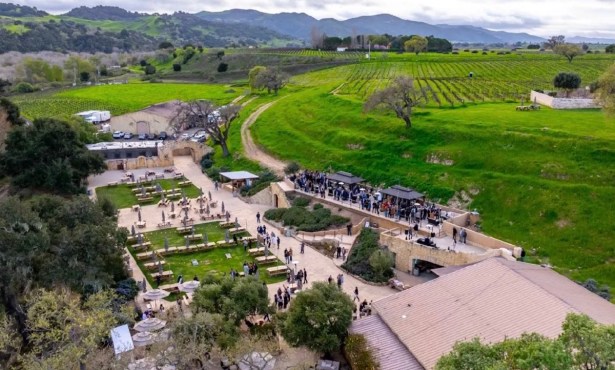
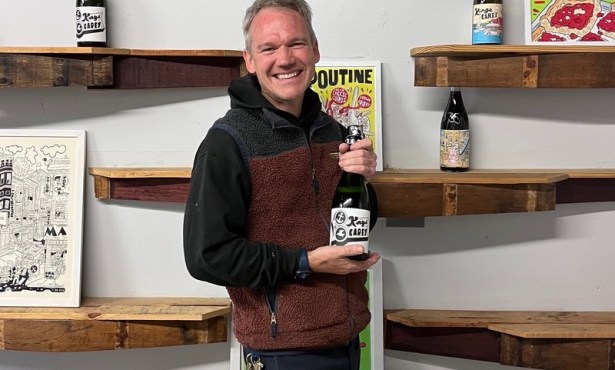
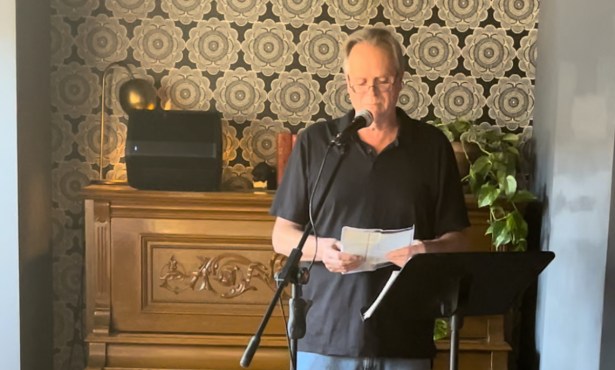
You must be logged in to post a comment.